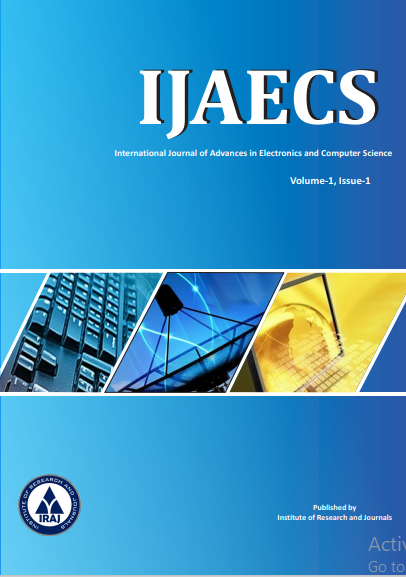Publish In |
International Journal of Advances in Electronics and Computer Science-IJAECS |
 Journal Home Volume Issue |
||||||||
Issue |
Volume-10,Issue-4 ( Apr, 2023 ) | |||||||||
Paper Title |
Build an Effective Deep Learning Model for Underwater Image Enhancement Based on EUVP Data | |||||||||
Author Name |
Sugandha, Sudha | |||||||||
Affilition |
1M. Tech, Dept. of Computer Science, NGFCET, Palwal 2Assistant Professor, Dept. of Computer Science, NGFCET, Palwal | |||||||||
Pages |
40-49 | |||||||||
Abstract |
Images taken underwater often suffer from colour distortion as well as a reduction in visibility because of the light absorption and scattering that occurs. Existing approaches for underwater picture enhancement make use of numerous assumptions/constraints to produce decent results. However, these solutions all have the same disadvantage in that the assumptions used may not work for certain scenarios. To solve this issue, this research provides an end-to-end system for underwater picture augmentation that includes a CNN-based network dubbed VGG and UNet. There have been several studies in recent years proving the efficiency of deep learning approaches in various application fields. Color correction and haze removal tasks are used to train the VGG and UNet. This combined training technique allows for the simultaneous learning of a robust feature representation for both tasks. A pixel disrupting method is used in the suggested learning framework to better extract the intrinsic characteristics in local patches, which considerably enhances convergence speed and accuracy. We used EUVP dataset training pictures based on the underwater imaging model to handle VGG and UNet training. The testing findings on several real-world underwater settings show that the suggested strategy yields aesthetically pleasing outcomes. The experimental results for the full-reference measures SSIM, PSNR, RMSE, UCIQE, and UIQM demonstrate the reliability and efficacy of the proposed technique. Keywords - Image Enhancement, Underwater Image Enhancement, Deep Learning, VGGNET Model | |||||||||
| View Paper | ||||||||||